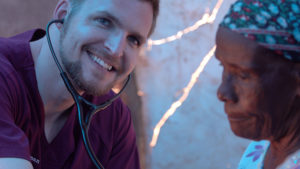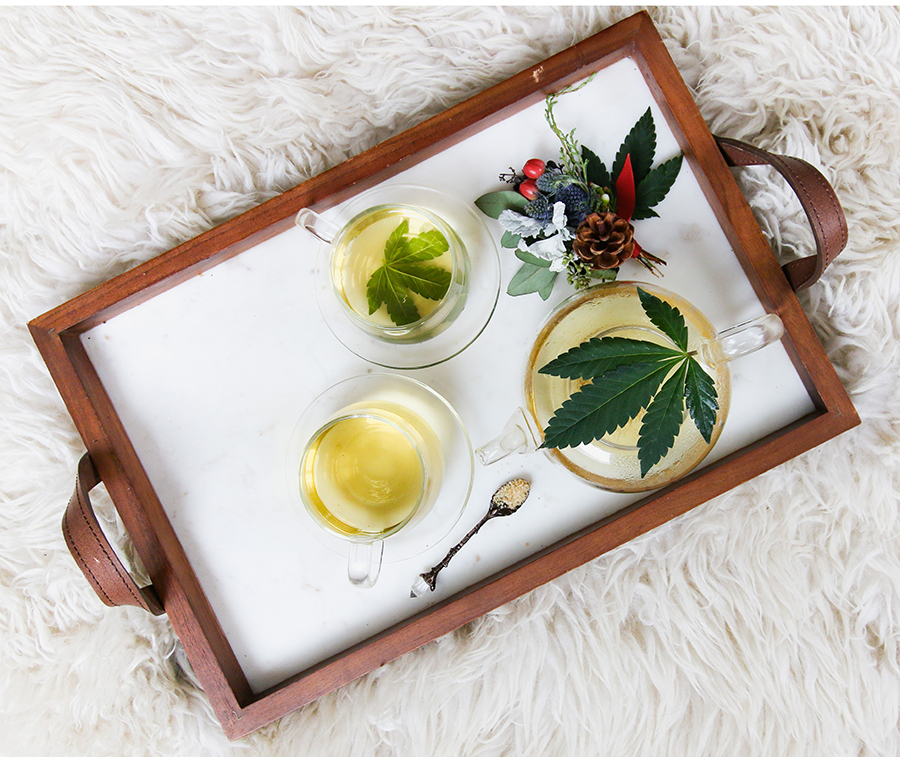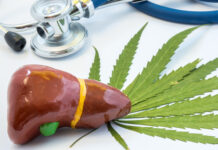Responsible Use is Smart Use
While cannabis use has been legalized across the board in Canada, not everyone is up to speed on how to consume medical cannabis responsibly. This lack of understanding is partly due to the stigma surrounding cannabis and how incorrect stereotypes and attitudes have impeded proper education from reaching the masses. In this new era of legalization and regulation, the future of medical cannabis is built on education and understanding.
 We will cover the following topics:
We will cover the following topics:
- Understanding THC/CBD amounts
- Exploring healthy cannabis consumption methods
- Learning about basic medical cannabis possession laws
- Tips on intelligent and responsible usage before, during, and after cannabis consumption.
Cannalogue’s purpose is not only to become Canada’s premier online marketplace for medical patients but also to act as a valuable knowledge resource for all things medical cannabis.
Canadian medical patients who are new to the cannabis space ask standard questions such as:
- How much cannabis should I take?
- How should I take my cannabis?
- What effects should I expect? How does it feel?
- Are there other ways of consuming cannabis other than smoking?
- How much am I allowed to possess in public?
- After consuming my cannabis, when is it safe to drive?
- Can I bring my medical cannabis with me on a plane?
The feeling of being swamped with so much new information is understandable. After all, cannabis is an emerging industry, and it will take time for mainstream understanding to catch up.
Things You Should Know Before Consuming Cannabis
Understanding THC and CBD
Let’s first break down what THC and CBD are. Tetrahydrocannabinol or THC is one of the two active chemical compounds found in the cannabis plant. The other component is CBD or cannabidiol. It’s imperative to note that THC is responsible for the psychoactive effects that are commonly referred to as users getting “high.” Conversely, CBD is entirely non-intoxicating and does not produce any mind-altering effects.
Cannabis products come in a wide assortment of different THC and CBD concentrations, with each strain type designed to accommodate unique medical patient needs. Some cannabis strains are THC-heavy, while others are CBD-heavy, and some are balanced, meaning they contain near equal amounts of THC and CBD. Then, particular strains contain only THC or CBD.
Example of a THC-dominant strain
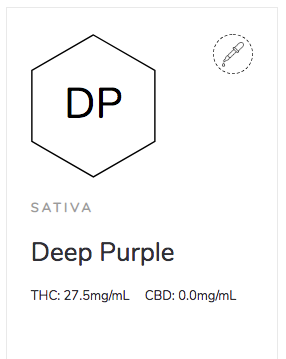
Example of a CBD-dominant strain
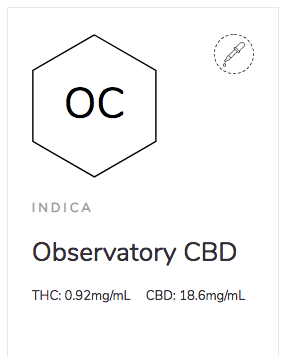
Example of a balanced strain
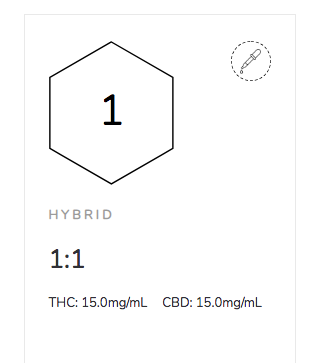 Power Tip: First-time medical cannabis patients are strongly advised to avoid products containing high THC content (the mind-altering compound in cannabis). Instead, they should explore cannabis products that are CBD-dominant or purely comprised of CBD strains.
Power Tip: First-time medical cannabis patients are strongly advised to avoid products containing high THC content (the mind-altering compound in cannabis). Instead, they should explore cannabis products that are CBD-dominant or purely comprised of CBD strains.
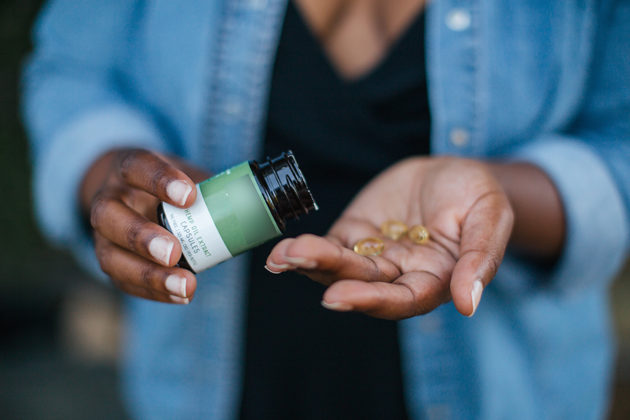
Methods of Cannabis Consumption That Aren’t Smoking
To cater to all types of medical patients – especially ones who dislike smoking-based methods of consumption – cannabis is available as edibles, oils, extracts, oral sprays, and capsules. When it comes to ingesting cannabis medication, patients usually prefer non-smoking consumption methods, and this is understandably so. Smoking is unhealthy and can be harsh on the lungs and throat. The cannabis industry has innovated safe and healthy smoke-free consumption methods to distance itself from the outdated smoking stereotypes of old.
Currently, the most popular product category among medical cannabis patients is cannabis oils. Other popular and convenient smokeless cannabis categories include cannabis capsules, oral sprays, extracts, oils, and tinctures.
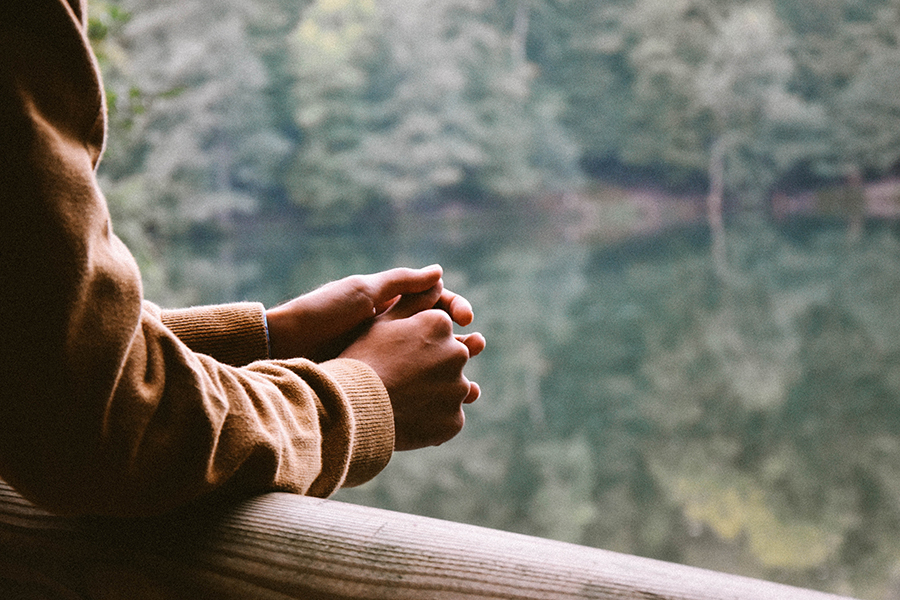 “Start Low, Go Slow”
“Start Low, Go Slow”
After medical cannabis patients decide on their cannabis strain and preferred consumption method, the next step is figuring out how much the first dose should be. Since cannabis affects everyone differently, there isn’t a rigid or fixed rule on how much medical cannabis patients should start. It is recommended, however, to follow the general guideline of “start low, go slow.”
“Starting low” means beginning with a small dose. “Going slow” means that medical patients should give themselves copious amounts of time to determine how the first dose makes them feel before carrying out additional treatment. It’s vital to take it slow as too high of a dose could cause undesirable effects.
Things You Should Know After You Consume Cannabis

Now, it’s time to discuss the actual effects of cannabis. While CBD does not generate any psychoactive effects, the same cannot be said for THC. If cannabis strains contain any amount of THC, even trace amounts, medical patients should expect to feel some effects. Even products with THC amounts as little as 1% have the potential to produce minimal results.
This section will also cover basic cannabis laws such as the maximum allowable amount of cannabis possession for medical patients, cannabis driving laws, flying with cannabis, and basic guidelines on consuming cannabis in public. Patients should always double-check with their provincial government as requirements can vary from province to province.
What Effects Should Medical Cannabis Patients Expect?
What does a cannabis “high” feel like? Since cannabis affects everyone differently, it’s difficult to predict and pinpoint precisely what the effects will be because of the subjective nature of the effects. However, medical patients who are taking low to moderate doses have reported feeling the following outcomes:
- Feeling of well-being
- Increased awareness of sensation
- Pain/Stress reduction
- Creativity
Basic Cannabis Legalities
 How Much Cannabis Are You Allowed to Possess?
How Much Cannabis Are You Allowed to Possess?
As a medical patient, you’re permitted to carry up to 150 grams of dried cannabis on your person. However, what do 150 grams look like? Just imagine three heaping bowls of cereal, and that’s approximately what 150 grams are. Conversely, recreational users are permitted to carry up to 30 grams of dried flower cannabis in public.
No Driving After Consuming Cannabis
Cannabis and driving don’t mix. Before consuming cannabis, medical patients should plan out their day to ensure that they don’t have to do any driving or to operate any heavy machinery. Cannabis negatively impacts motor functions, reaction time, and spatial awareness. Instead, medical cannabis patients should take the opportunity to find something enjoyable to do, such as listening to music, watching movies, meditation, practicing yoga, or even creating some art.
Power Tip: If you are transporting your medical cannabis, remember to keep it in a secure container in the trunk where no one in the car can easily access it.
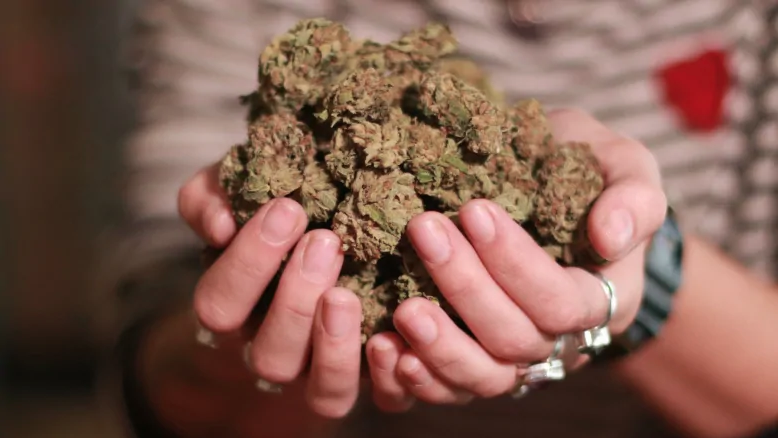 If You’re Flying Within Canada
If You’re Flying Within Canada
If medical cannabis patients are flying within Canada, it’s crucial that they are aware of how much medical cannabis they’re allowed to carry. Thirty grams is the amount of cannabis that medical patients can bring on a domestic Canadian flight. The image on the right illustrates what 30 grams of cannabis look like.
If medical cannabis patients happen to be flying internationally, we strongly advise leaving medical cannabis at home. Cannabis is still illegal to possess in many places outside of Canada.
 Where Can I Smoke or Vape Cannabis?
Where Can I Smoke or Vape Cannabis?
Where medical patients can smoke or vape cannabis can vary from province to province. If medical cannabis patients are unsure of where they can smoke or vape cannabis, a good rule is to treat cannabis like tobacco products. In other words, the laws that apply to smoke tobacco products are similar to those for smoking cannabis.
Smoking and vaping in parks and along sidewalks are permitted as long as users are twenty feet away from schools and healthcare establishments. Examples of healthcare establishments include hospitals and clinics, psychiatric facilities, veterans facilities, playgrounds, and recreational centers. Also, users should take all precautions to avoid smoking or vaping around children.
Can I Smoke or Vape in My Home?
Medical patients are allowed to smoke or vape cannabis in their private homes – as long as their residence does not also operate as a workplace or retirement home.
Calgary’s Bylaw Concerning Smoking/Vaping Cannabis
Under Calgary’s strict bylaws, recreational cannabis users are not allowed to smoke or vape in any public place. However, medical cannabis patients are exempt from this restriction.
Hotels and Motels
Medical cannabis patients are permitted to smoke in hotel and motel rooms that are smoking designated.
Don’t Combine Cannabis with Alcohol
Medical patients should refrain from mixing cannabis with alcohol consumption. Mixing the two can create dangerous synergistic effects.
Cannabis and Pre-Existing Mental Illness
Medical patients with any family or personal history with mental health issues such as schizophrenia or psychosis should avoid using medical cannabis altogether. Consuming cannabis has the potential to worsen existing mental health conditions.
 The Final Word
The Final Word
The key to keeping medical cannabis working for medical patients as a valid form of treatment is the public being aware of both the positives and negatives. An honest and open framework ensures personal safety as well as respectful consideration for others.
We strongly advise patients to work closely with their healthcare practitioners so that they can be provided with regular assessments and monitoring for a safe and therapeutic experience. Responsible use is smart use.
